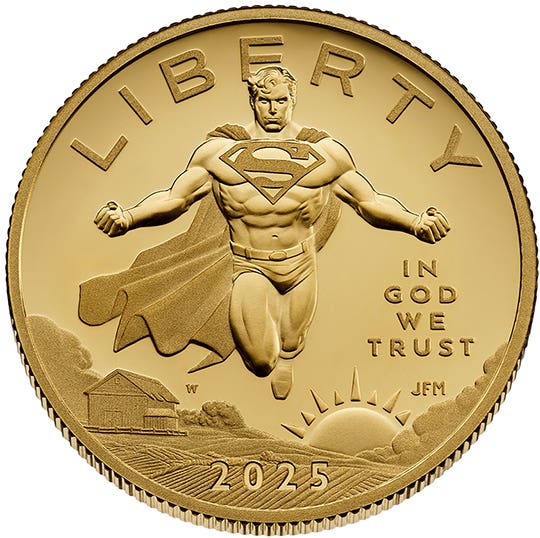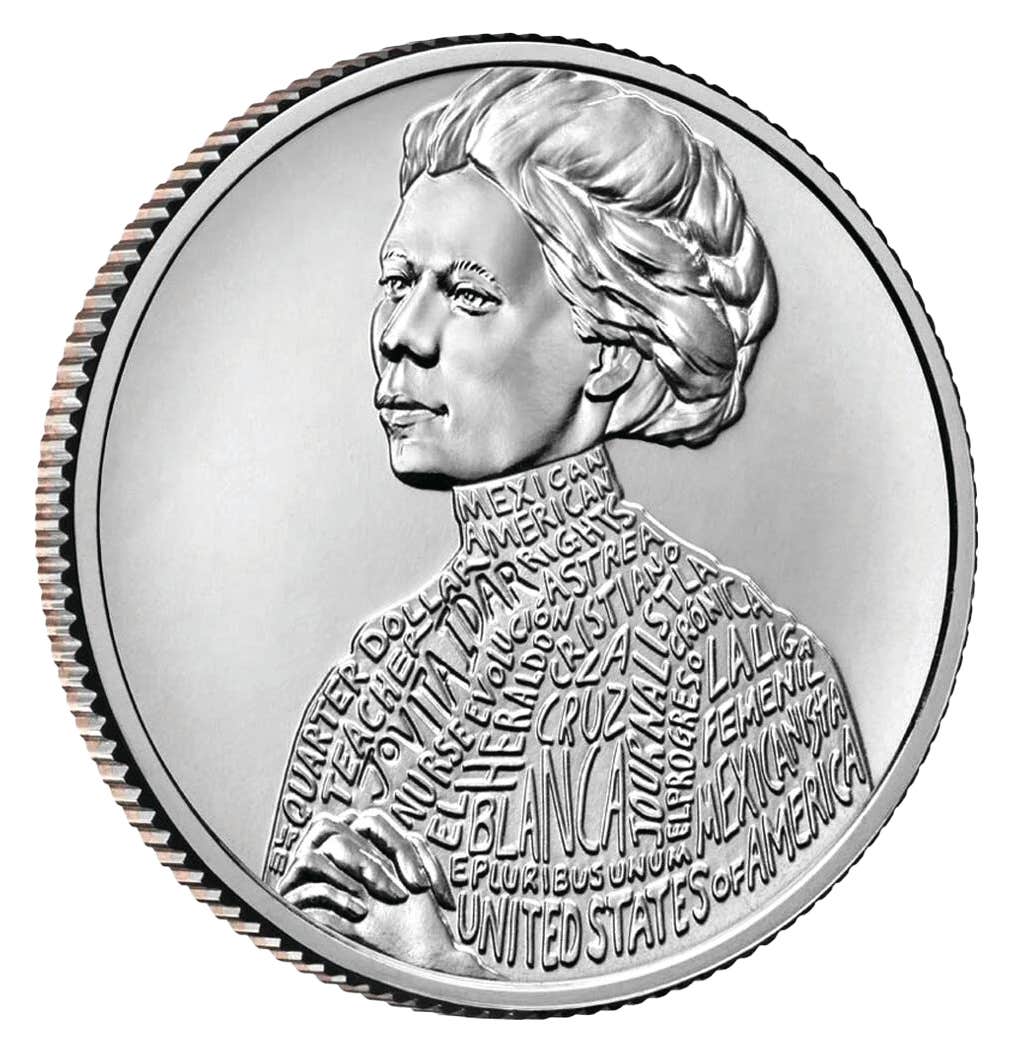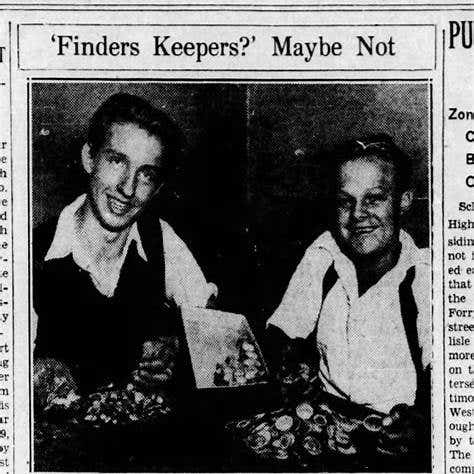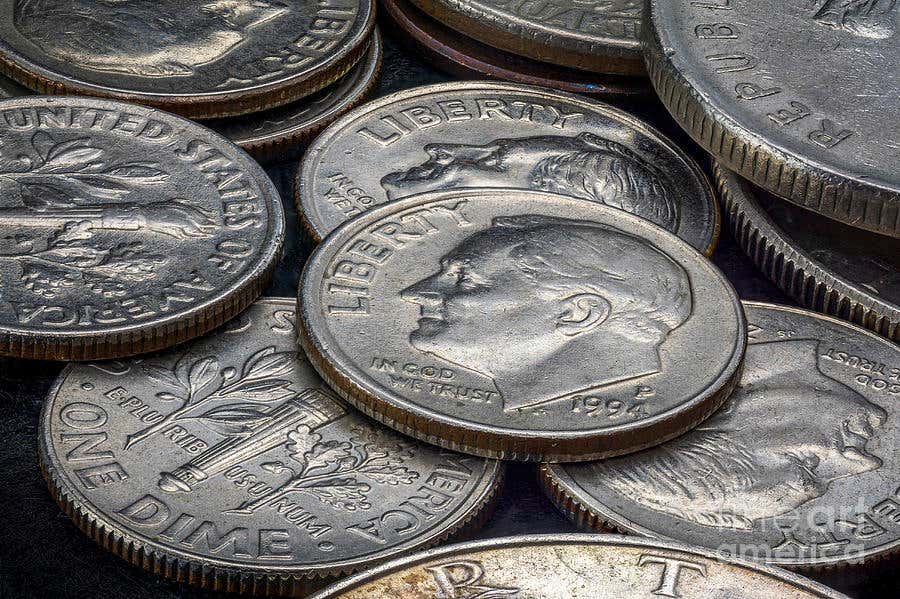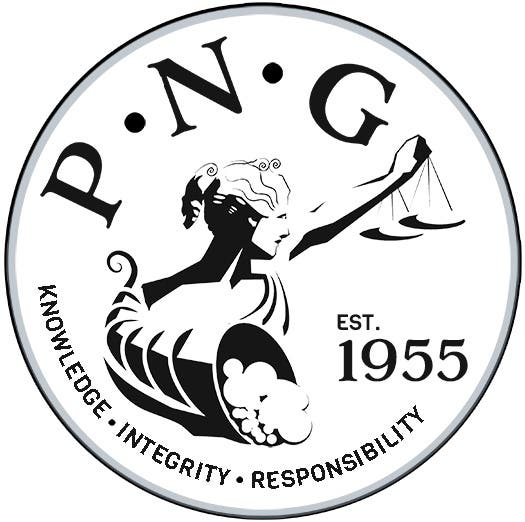Central States U.S. Coin Auction Tops $42 Million
A Justh & Hunter gold ingot sold for $1.32 million and an 1863 Liberty double eagle graded PF-65+ Cameo from the Bob R. Simpson Collection closed at $1.02 million to…
A Justh & Hunter gold ingot sold for $1.32 million and an 1863 Liberty double eagle graded PF-65+ Cameo from the Bob R. Simpson Collection closed at $1.02 million to lead Heritage Auctions’ Central States U.S. Coins Signature Auction to $42,279,919 in total sales May 4-8.
The sale was one of three Heritage Central States events. The World Coins & Ancient Coins Platinum Session and Signature Auction totaled $14,449,912, while the U.S. Currency Signature Auction accounted for $8,880,557. Together, the events, which combined to attract more than 12,100 bidders, soared to $65,610,388 in total sales – setting an all-time record by a wide margin for any Central States auction.
“We saw numerous new records set, many by unprecedented margins,” said Greg Rohan, president of Heritage. “The results garnered by highlights from the Simpson and Warren collections especially, will go down in numismatic auction history.”
The Justh & Hunter ingot was one of two ingots in the sale. A Henry Hentsch gold ingot, weighing 238.84 ounces, closed at $540,000. The ingots were thought to be lost forever with the 1857 sinking of the S.S. Central America during a Category 2 hurricane. More than a century later, in 1988, the recovery of the gold was organized by ocean engineer Tommy Thompson, whose crew spent the next four summers recovering roughly two tons of the lost gold. Both ingots in this sale were part of Thompson’s first haul from the ocean floor.
The 1863 Liberty double eagle, from Part VII of The Bob R. Simpson Collection, more than doubled the previous auction record. Simpson’s collection has been ranked by Professional Coin Grading Service (PCGS) as one of the best ever amassed. This coin is from a reported mintage of just 30 specimens. Both John Dannreuther and PCGS CoinFacts estimate no more than 10-12 proofs – some in impaired condition – survive in all grades. Two are in the National Numismatic Collection at the Smithsonian Institution and another is in the collection of the American Numismatic Society. The Simpson example offered in this auction is the finest known of this acclaimed 19th century rarity.
In addition to the two lots that brought seven-figure results, the auction included three more lots that topped $500,000 and an additional 59 that brought in winning bids of more than $100,000.
Also from the Simpson Collection was a 1915 S-less Panama-Pacific half dollar in gold, graded PF-64, which drew a record bid of $750,000. This coin is one of the rarest issues in the U.S. pattern series, one of just two examples known. It is struck on a cut-down Saint-Gaudens double eagle. Eric Newman’s handwritten notes state that “Colonel” E.H.R. Green owned both of the known gold specimens, four of the silver examples and three of the copper pieces. These rare patterns were clearly clandestine strikes, produced at the Philadelphia Mint before mintmark punches were applied to the working dies.
Other highlights from the Simpson Collection included:
• 1901 Double Eagle, PF-66+ Deep Cameo PCGS, CAC. JD-1, Low R.5. $288,000.
• 1797 Large Eagle, BD-2, High R.4, MS-63 PCGS, CAC. $276,000.
• 1863 Half Eagle PF-65+ Deep Cameo PCGS, CAC. JD-1, High R.6. $252,000.
• 1898 Liberty Head Eagle PF-67 Deep Cameo PCGS, CAC. JD-1, High R.5. $204,000.
Other highlights that were not part of the Simpson Collection included:
A 1920-S double eagle graded MS-65 by PCGS sold for $600,000. This is a Condition Census example of the issue and one of four Gems at PCGS. It is believed that virtually all of the 558,000 examples minted of the 1920-S were melted and, consequently, unlike some other issues, no European hoards ever surfaced to augment the paltry count of known survivors.
One of just 246 examples struck in the first San Francisco Mint issue of the 1854-S quarter eagle, graded VG-10 by PCGS ended at $360,000. Among regular-issue U.S. gold coins, only the 1875 eagle (100 pieces) and half eagle (200 pieces) have smaller production totals. Although the 1854-S was listed in Mint records of the time, the issue was unknown to 19th century collectors. The coins all circulated widely at the time of issue and none were saved for numismatic purposes. As a result, the 1854-S is a rarity today, and no Mint State examples are known. PCGS CoinFacts estimates the surviving population at 11-12 examples in all grades, with the finest grading AU-50
For complete results from the U.S. Coins Auction, visit www.HA.com/1344.



